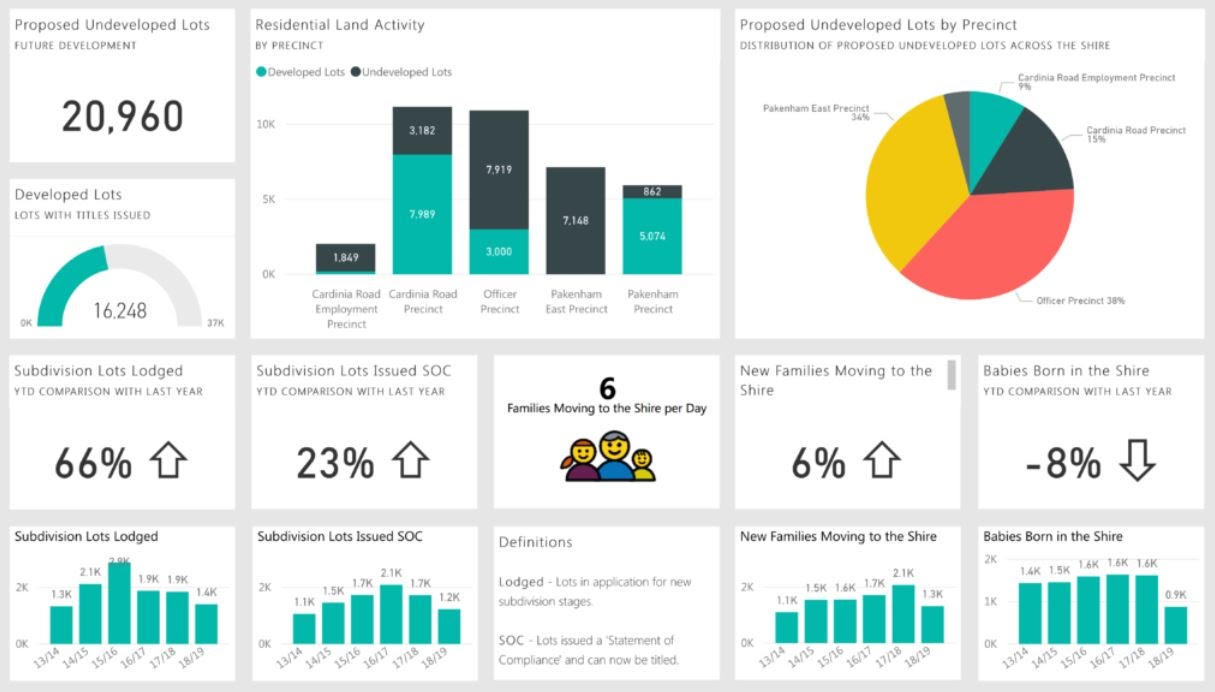How Data Visualization Can Help Grow Your Business
What are you doing with your data?
Organizations of all sizes and industries are seeking to make use of their data in innovative and insightful ways. But it isn’t always obvious how to achieve this. And business leaders don’t have time to get into the details themselves. What they need is a team with the tools to make this happen.
Contrary to rational belief, there are certain people (like us at Metrics CPA) that love geeking out over data. We know. It’s strange, but it’s true. And one of the most exciting developments in data we’ve seen in recent years is the overflowing potential of data visualization. We’ve spent a considerable amount of time working on an exciting new project in this space that we can’t wait to share with you.
But first:

What is data visualization?
Data visualization is not a new concept. Humans have been visualizing statistical, financial and other quantitative and qualitative data for centuries. The most basic charts can be considered an exercise in data visualization. So then what are people talking about today when they say data visualization?
Tools
First off, the tools have changed. Companies such as Microsoft and Tableau have created products that turn data from incomprehensible detail to compelling stories, actionable insights, beautiful representations and unique user experiences. Data visualization tools take the shape of a dashboard (pictured above) showing a summary of all visualizations in the workbook. Each visualization in the dashboard can be drilled into to see an isolated view complete with user-interaction tools such as slicers and filters. The visualizations are powered by the user organization’s data, financial or otherwise, and can include data from third party data service providers to provide a broader-scope viewpoint.
Data storytelling
Data visualization is much more than sheet after sheet of charts. Done right, it’s telling a story through data. By nature, we humans are exceptionally visual creatures and we respond well to a compelling narrative. And sure, this might seem obvious or even mundane to say here, but we believe the experience of getting the story right is truly perspective-altering, and something that needs to be experienced first-hand to truly appreciate. Data visualization techniques allow data presentation in engaging ways you’d never before considered possible.
Insights
Deriving insights from data might well be considered an art form. A properly executed dashboard has the potential to uncover insights that were previously buried away or left overlooked. These insights can lead to more effective decision making. The trick is to make use of visualization techniques that have the ability to clearly and concisely present the right data, using the right visualizations, at the right time, to the right user. This is no small feat.
Bespoke solutions
Each dashboard is as unique as the business it serves. Creating organization-specific dashboards that are uniquely valuable to the user in question is possible by obtaining an in-depth understanding of the organization’s strategy, structure, and key performance indicators.
User experience
Beauty is at the core of data visualization principles. This may not seem at first glance a driver of adoption of data visualization techniques, but esthetics shout professionalism and competence, the importance of which should not be understated. This is a dramatic departure from the standard long-form financial statements and clunky charts in Excel (…sorry Excel, we still love you for some things). And beyond being visually appealing, all worthwhile data visualization tools allow the user to slice, filter, shape, and disaggregate the data on demand.
Automation
Manual data extracts and imports are things of the past. With contemporary data visualization tools, the dashboard creator can automate data flow from most any cloud-based data source directly into the data visualization tool. This means that perpetually up-to-date financial management information is not something to look forward to: it is here and now.
What is required for effective data visualization?
Data maintenance controls
For everything data visualization tools can do, they cannot fix bad data. The old adage still applies: garbage in, garbage out. Management plays a key role in establishing internal control around data maintenance to ensure that raw data exists in a usable format, meaning that it is complete, accurate and safeguarded appropriately. Assuming these qualifications are met, data visualization techniques can be performed to their potential.
Management buy-in
A data visualization tool cannot function in isolation. Management is responsible for setting the tone that the data visualization tool will be adopted at the organizational or business unit level. Additionally, management is as responsible for understanding the outputs of a data visualization tool as the analyst is responsible for its development. All parties in an organization must be able to understand the outputs of the data visualization tool in order to communicate insights effectively.
Appropriate IT systems
Reputable and robust IT systems allow for data flow automation between discrete systems. For example, cloud-based accounting software is inherently well suited for automating financial data flows into a data visualization tool, and some even have pre-programmed solutions to make this possible, although software developer assistance may be required if custom application programming interfaces are necessary.
How can we help?
We at Metrics CPA work tirelessly to stay on the bleeding-edge of technological proficiency in accounting. Our most recent data visualization solution was developed with the intention to enhance our client’s decision making abilities with access to real-time data, to create new insights using our client’s existing data and additional third-party data, and to assist in growing our client’s businesses using all of the approaches outlined above. We firmly believe that our success is directly dependent on the success of our clients, and this project is proof of that.


